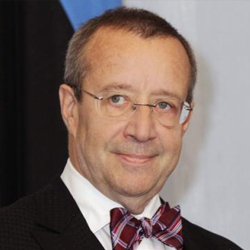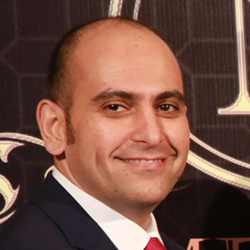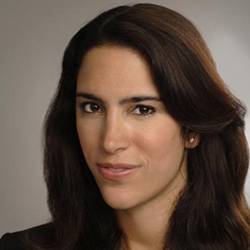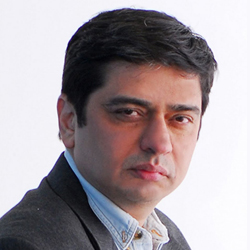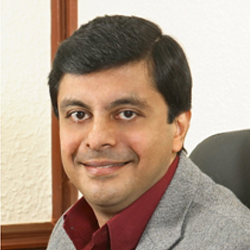Toomas Hendrik Ilves served as president of Estonia from 2006-16. Ilves is renowned for making Estonia one of the most digitally advanced nations through innovative policies that invested heavily in the future.
Ilves was born to Estonian refugees and raised in the United States. He holds a BA from Columbia and an MA from the University of Pennsylvania. He moved to Munich in 1984 to work as an analyst and researcher for Radio Free Europe, eventually becoming Director of the radio’s Estonian Service.
From 1993-96 he served as Estonia’s ambassador to the United States. In 1996 he was appointed country’s Minister of Foreign Affairs, a post he held until 1998, and again from 1999 to 2002. In that time he successfully steered Estonia into the EU and NATO in 2004.
He ran for the presidency of Estonia as a joint candidate of the Social Democratic, Conservative and Liberal Parties and was elected in 2006 and re-elected in 2011.
Ilves used his office to further to the country’s leadership in digital governance as well as in cyber security. Since leaving office Ilves spent three and a half years as a distinguished visiting fellow at Stanford University and the Center for Advance Study in the Behavioral Sciences, while lecturing all over the world on the digitization of governance and public services. Most recently he is also advising the WHO-Europe on technological solutions to the Covid-19 pandemic and cross-border health more broadly while teaching at Tartu University in Estonia.
